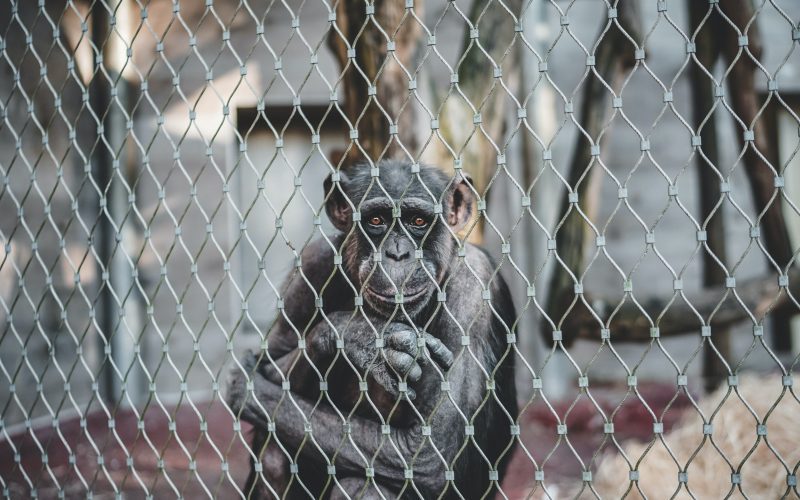Animal tourism has become a popular form of entertainment for many travelers, who seek to experience wildlife up close and personal. However, what many people don’t know is that behind the scenes of these attractions, animals are often subjected to abuse and exploitation for human enjoyment.
One of the most common forms of animal tourism is elephant riding. In countries such as Thailand, India, and Sri Lanka, tourists can ride on the back of an elephant and take pictures with them. However, what many people don’t realize is that these elephants are often subjected to cruel training methods, such as being beaten with bullhooks and deprived of food and water to make them more compliant. In addition, elephants’ spines are not designed to carry the weight of humans for extended periods, which can cause serious and even fatal injuries.
Similarly, many zoos and aquariums around the world keep animals in cramped and unnatural enclosures, depriving them of the ability to roam and socialize with their own kind. In addition, animals are often forced to perform for visitors in shows, which can cause physical and mental distress.
The problem is not limited to exotic animals. In the United States, for example, horse-drawn carriage rides are a common form of tourist attraction in cities such as New York and New Orleans. However, these horses are often overworked and subjected to extreme temperatures, causing heat exhaustion and other health problems. In addition, accidents involving carriage horses are not uncommon, with horses sometimes suffering serious injuries or even death.
Despite the abuse and exploitation that animals endure for human entertainment, animal tourism continues to be a lucrative industry. However, there are ways that travelers can enjoy wildlife without contributing to the problem. One way is to support ethical wildlife sanctuaries and rehabilitation centers, which rescue and care for animals that have been mistreated or abandoned. Another way is to observe animals in their natural habitats, such as on a wildlife safari or whale watching tour.
As consumers, we have the power to make a difference by supporting ethical animal tourism and avoiding attractions that exploit and abuse animals. By doing so, we can help ensure that animals are treated with the respect and dignity they deserve.
In conclusion, behind the scenes of animal tourism lies a dark reality of abuse and exploitation. As travelers, it is important that we are aware of these issues and take steps to ensure that our choices do not contribute to the problem. By supporting ethical animal tourism and avoiding attractions that exploit animals, we can help make a positive difference in the lives of animals around the world.












